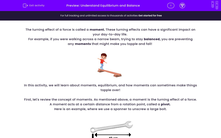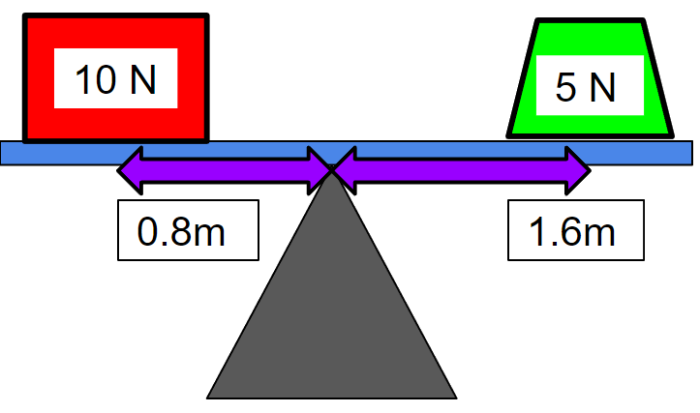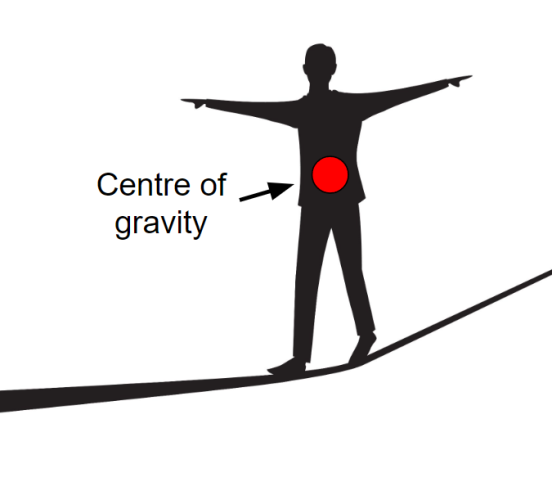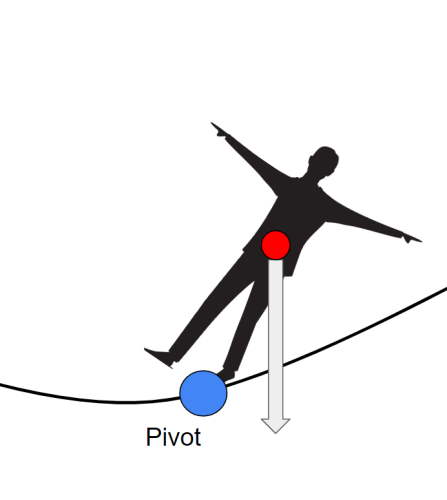The turning effect of a force is called a moment. These turning effects can have a significant impact on your day-to-day life.
For example, if you were walking across a narrow beam, trying to stay balanced, you are preventing any moments that might make you topple and fall!
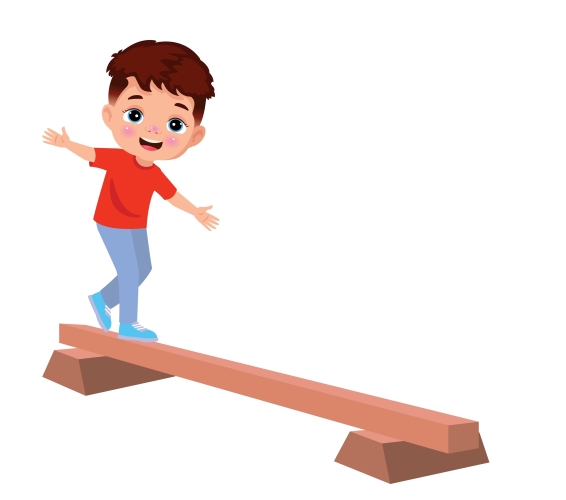
In this activity, we will learn about moments, equilibrium, and how moments can sometimes make things topple over!
First, let's review the concept of moments. As mentioned above, a moment is the turning effect of a force. A moment acts at a certain distance from a rotation point, called a pivot.
Here is an example, where we use a spanner to unscrew a large bolt.
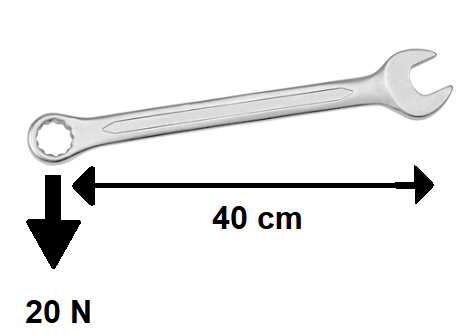
The pivot point is at the right-hand side of the spanner. A force of 20 Newtons is applied at a distance of 40 centimetres from the pivot. This force causes a moment.
The moment is calculated like this:
moment (Nm) = Force (N) × Distance from pivot (m)
So in our example,
moment = 20 N × 0.4 m = 8 Nm (or 800 Ncm)
The law of moments says that an object will be in equilibrium (balanced) if the total moment clockwise is equal to the total moment anticlockwise.
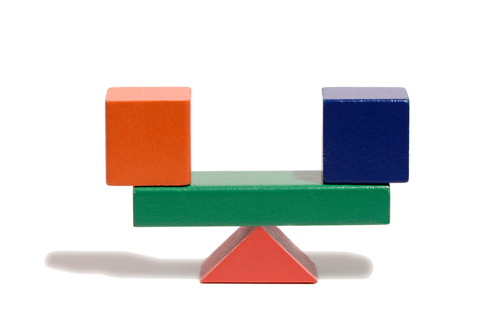
Let's combine our understanding of moment calculations with the law of moments.
Example
The diagram shows two objects on a board, on opposite sides of a pivot.
Using information from the diagram, determine whether the objects are in equilibrium. The diagram is not drawn to scale.
Answer
To figure out if the object is in equilibrium, we need to calculate the anticlockwise moment and the clockwise moment, then compare them.
Anticlockwise moment (red box) = 10 N × 0.8 m = 8 Nm
Clockwise moment (green box) = 5 N × 1.6 m = 8 Nm
The moments are equal so the objects are in equilibrium.
Let's talk about how moments affect whether objects fall or topple.

Imagine a tightrope walker. As they walk along the rope, they keep as vertical as possible to make sure they don't fall. All of the weight of the tightrope walker acts through a point called the centre of gravity (or centre of mass). This point is normally at or close to the centre of an object.
We can consider that the place where their feet touch the rope is the pivot. If the centre of gravity of the tightrope walker is directly above the pivot, no rotation happens.
If the centre of mass is on the left of the pivot, there will be an anticlockwise moment, causing the walker to rotate left and possibly fall.
If the centre of mass is on the right of the pivot, there will be a clockwise moment, causing the walker to rotate right and possibly fall.
Now that we have seen some applications of moments, let's try some questions!

